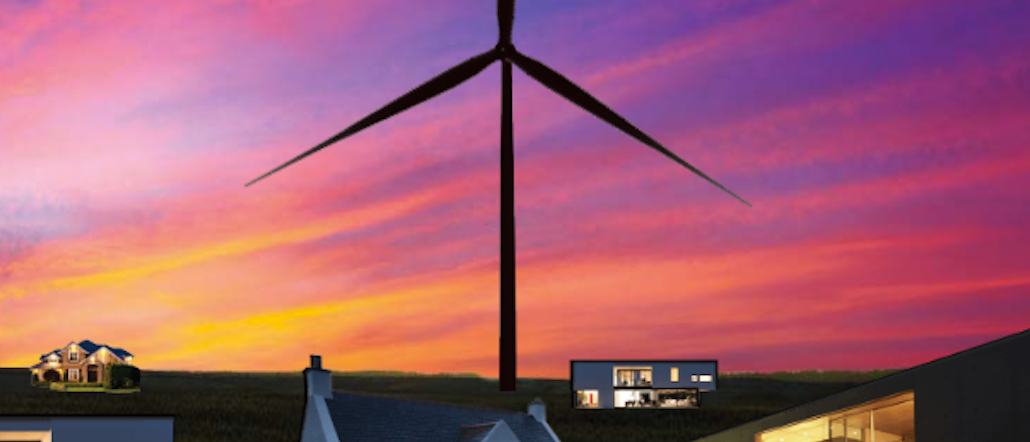
Every publisher today wants to wean themselves off display advertising. For mid-sized publishers relying on banners won’t cut it. Slate has made this is a priority, and it now says native ads are almost half of its total revenue.
The online politics and culture publication accomplished this with putting native at the center of its sales strategy rather than treating it as an add-on. Advertising supplies 90 percent of revenue, and native is half of that. Display and podcast advertising still accounts for the other half, although Slate expects display dollars to move towards programmatic, following the industry shift. (The remaining 10 percent comes from other sources like the Slate Plus membership program.)
To prioritize native, Slate hired or retrained its 10-person sales team. Slate Custom, the custom ad creation unit, brought in a new staff under Jim Lehnhoff, the former head of Gawker Media’s content strategy. The 13-person custom unit now focuses on making native ads that are closer to Slate’s editorial DNA of smart commentary. Slate also got more aggressive about buying off-site distribution for the ads, for clients like Jaguar and Chase.
Slate’s past branded content “was really smart, interesting creative, but there were no views to it,” said Keith Hernandez, who became Slate Group president last October after a stint as vp of brand strategy at BuzzFeed.
Five advertisers have run ads with the new format since it launched July 1. For Siemens, Slate created an ad that takes readers through an interactive graphic, and moved from a CPM to a cost per view, where the client only pays if someone views the content.
Slate also redesigned the units themselves to make it more explicit that the content is sponsored. The ad units used to be labeled simply “Sponsored content.” Now they read “Published by,” followed by the advertiser’s name and logo. Most people spend their time trying to avoid ads, but Slate found that on its more explicitly labeled ads, the click-through rates were three times higher than the previous units (though Slate wouldn’t disclose the CTR). The publisher also contends that average time spent on the new units doubled, to 4 minutes, 15 seconds. Hernandez can’t prove it — Slate’s working with a research firm to do testing — but he believes this is because the ads make it more clear what content lies behind the ad, so people are clicking more intentionally.

“Our gut was, there was too much of curiosity gap of what’s going to be on the other side,” Hernandez said.
Publisher pages are often crowded, and having more disclosure involves adding elements to the design that can help a native ad stand out and get noticed, said Kunal Gupta, founder and CEO of Polar, a native ad platform (of which Slate is a client). In a study of 65 premium publisher sites from January through May, Polar found that the click-through rate increases when there are multiple disclosure terms and when the advertiser’s name is included in the disclosure.
Nevertheless, advertisers are looking for fewer publishers to do bigger native ad campaigns these days. That can make it harder for smaller publishers that have waited to build up their expertise in this area to compete with established, well-staffed media outlets such as The New York Times, which has a 100-person native ad unit; Vox Media and The Atlantic.
“Now that everyone has a custom studio, [advertisers] are picking four and giving them $500,000 each to do something really cool,” Hernandez said. “They want to do it for at least a couple hundred thousand views if not a couple million. Creating something that’s delightful and that’ll make someone stop and click and share…that’s really hard. But doing the easy thing is not fun.”
Image courtesy of Slate/Siemens
More in Media

Digiday+ Research: Publishers’ growing focus on video doesn’t translate to social platforms
Major publishers have made recent investments in vertical video, but that shift is not carrying over to social media platforms.

Technology x humanity: A conversation with Dayforce’s Amy Capellanti-Wolf
Capellanti-Wolf shared insight on everything from navigating AI adoption and combating burnout to rethinking talent strategies.

How The Arena Group is rewriting its commercial playbook for the zero-click era
The company is testing AI-powered content recommendation models to keep readers moving through its network of sites and, in doing so, bump up revenue per session – its core performance metric.





